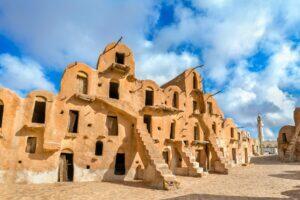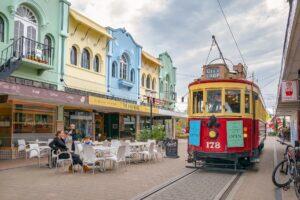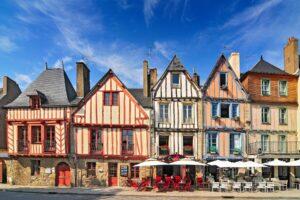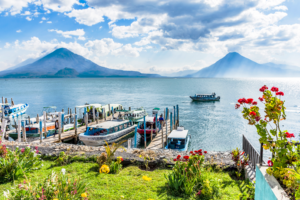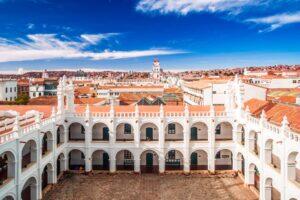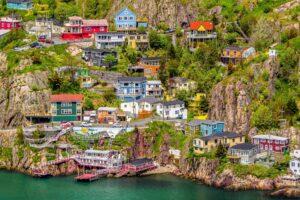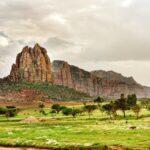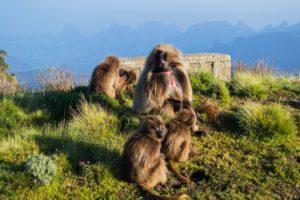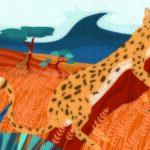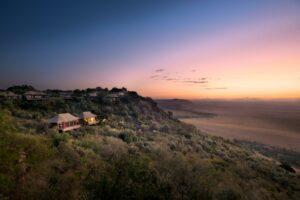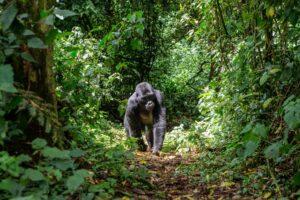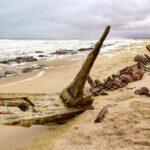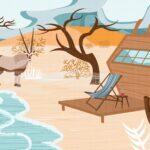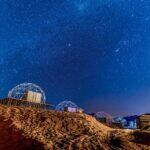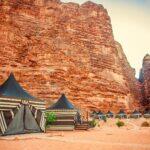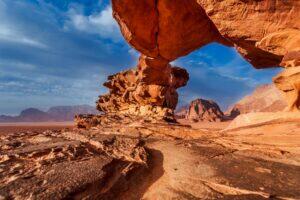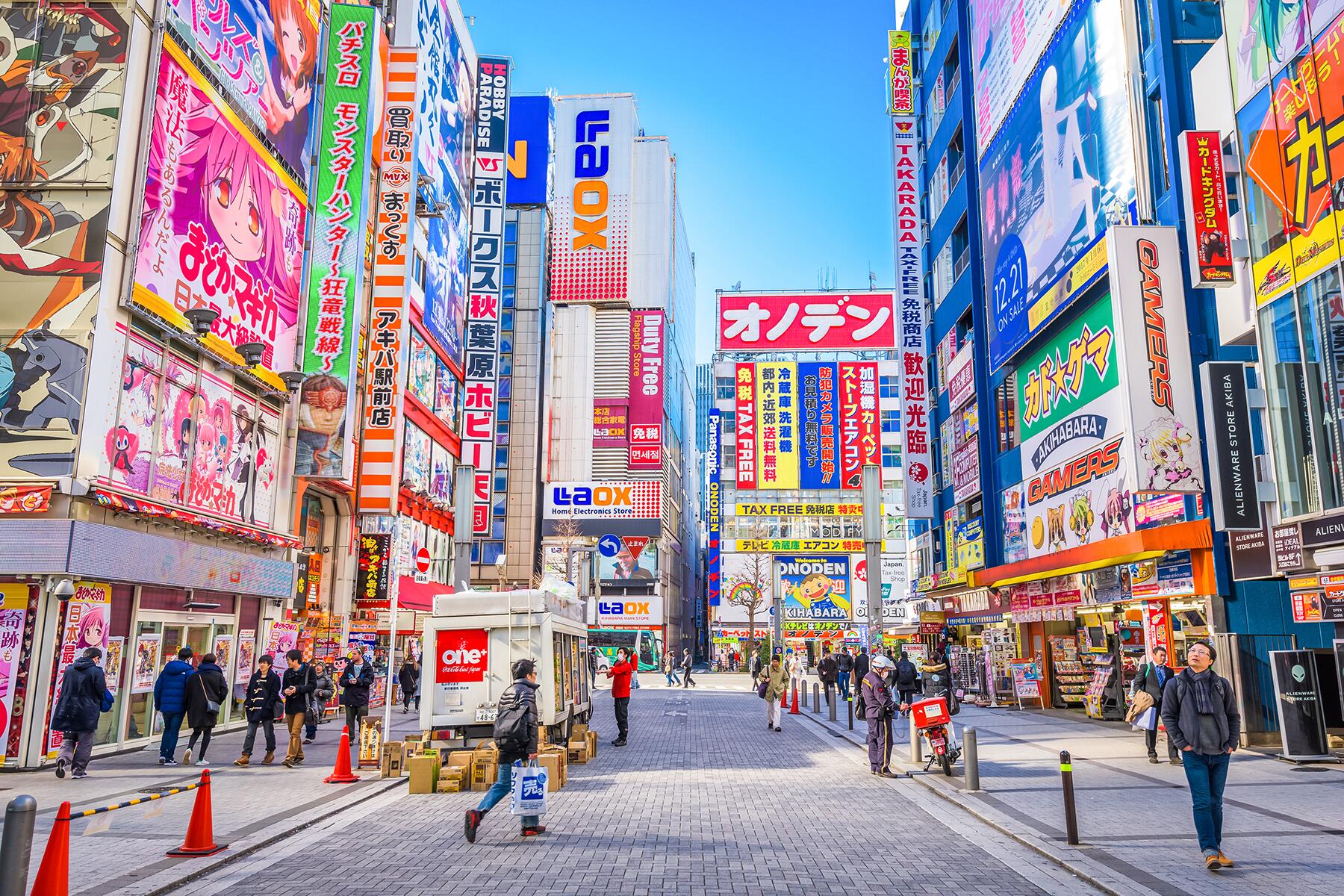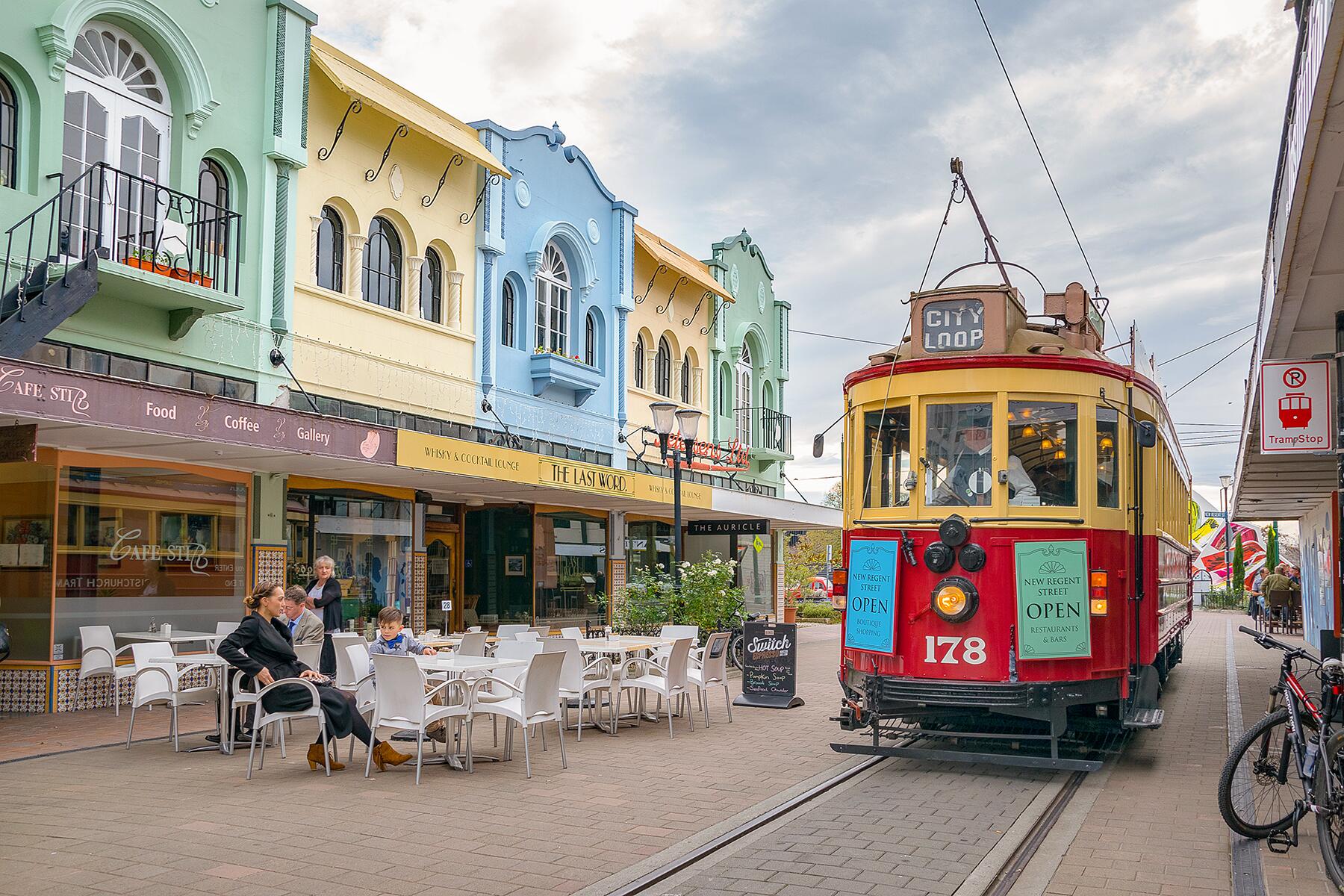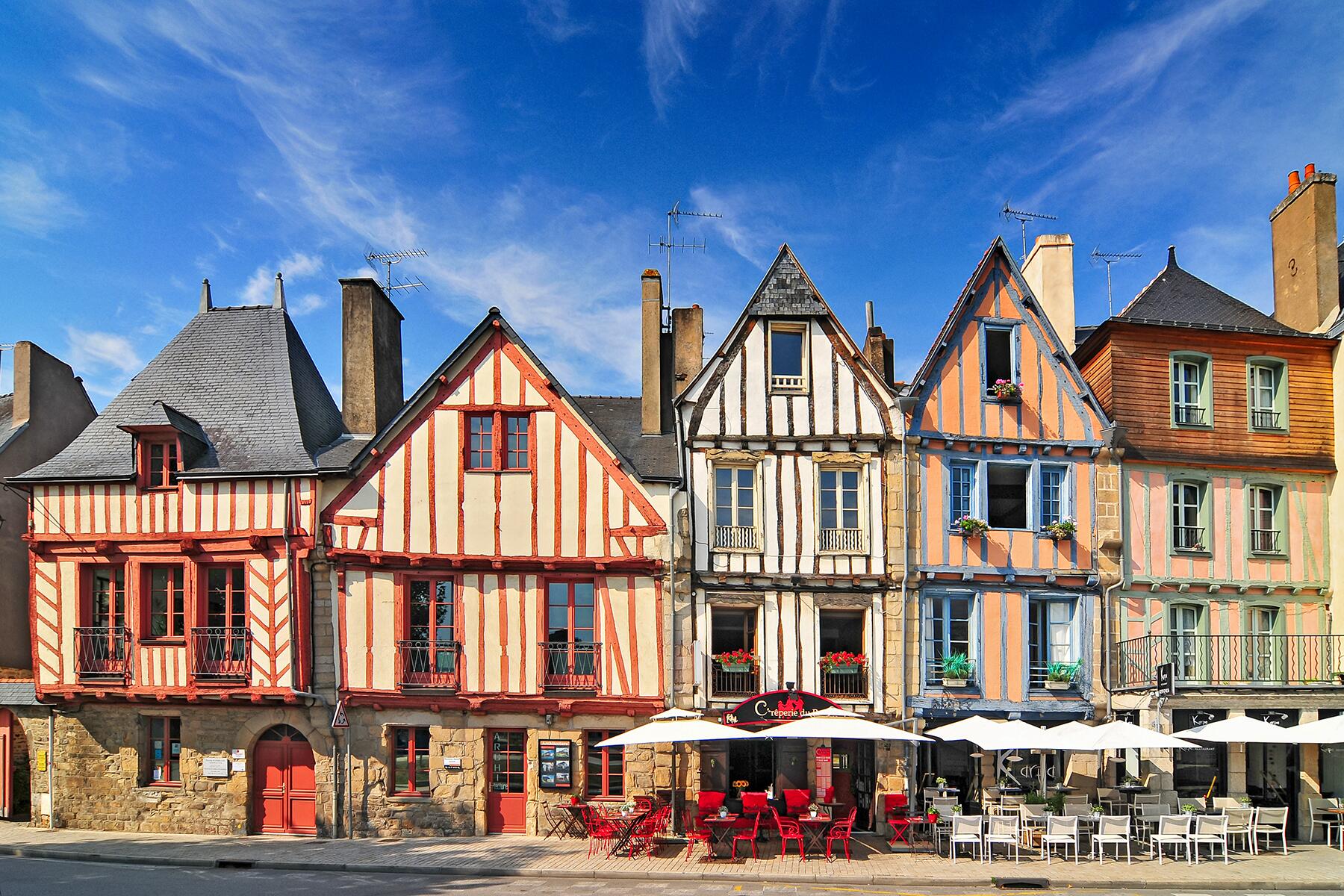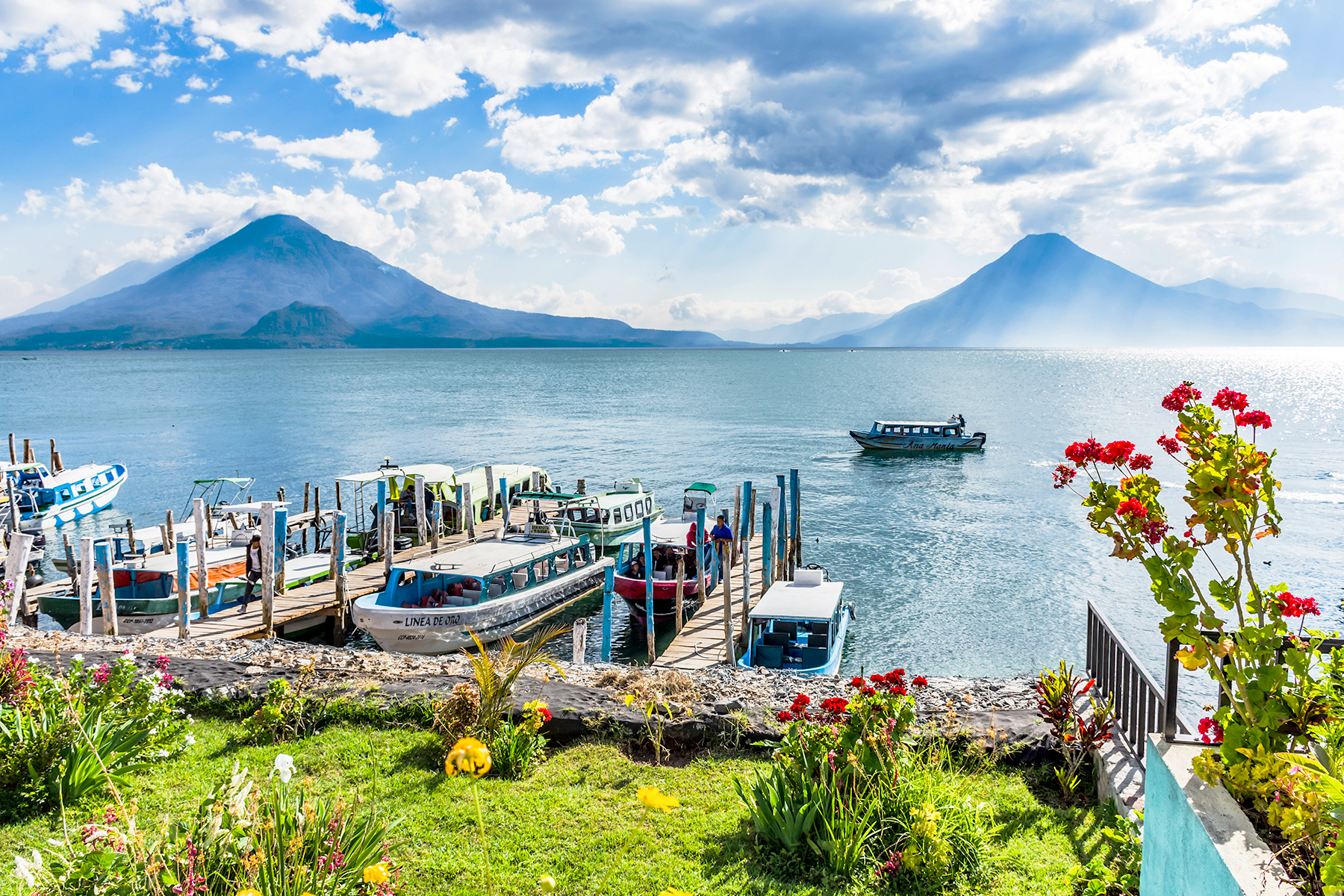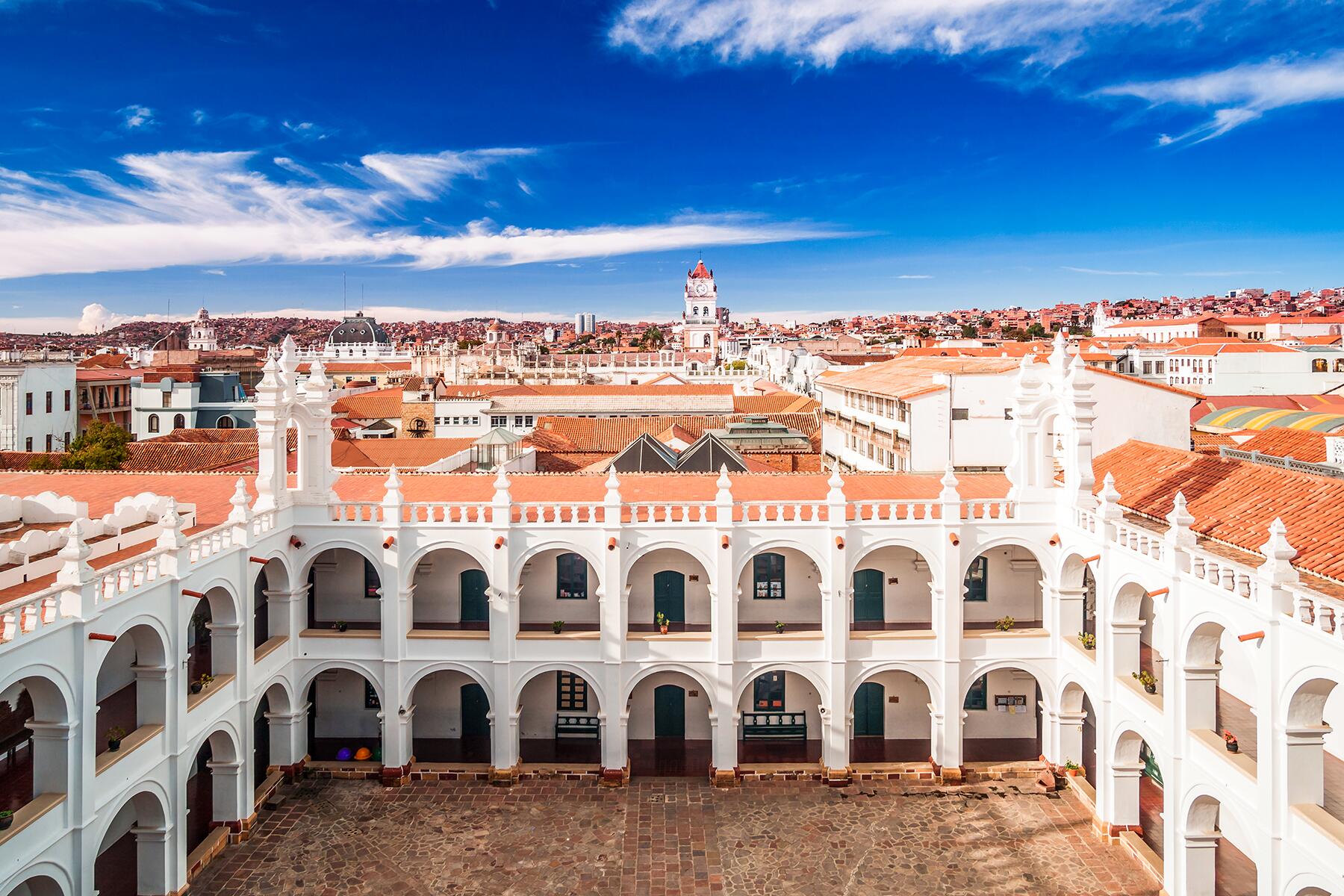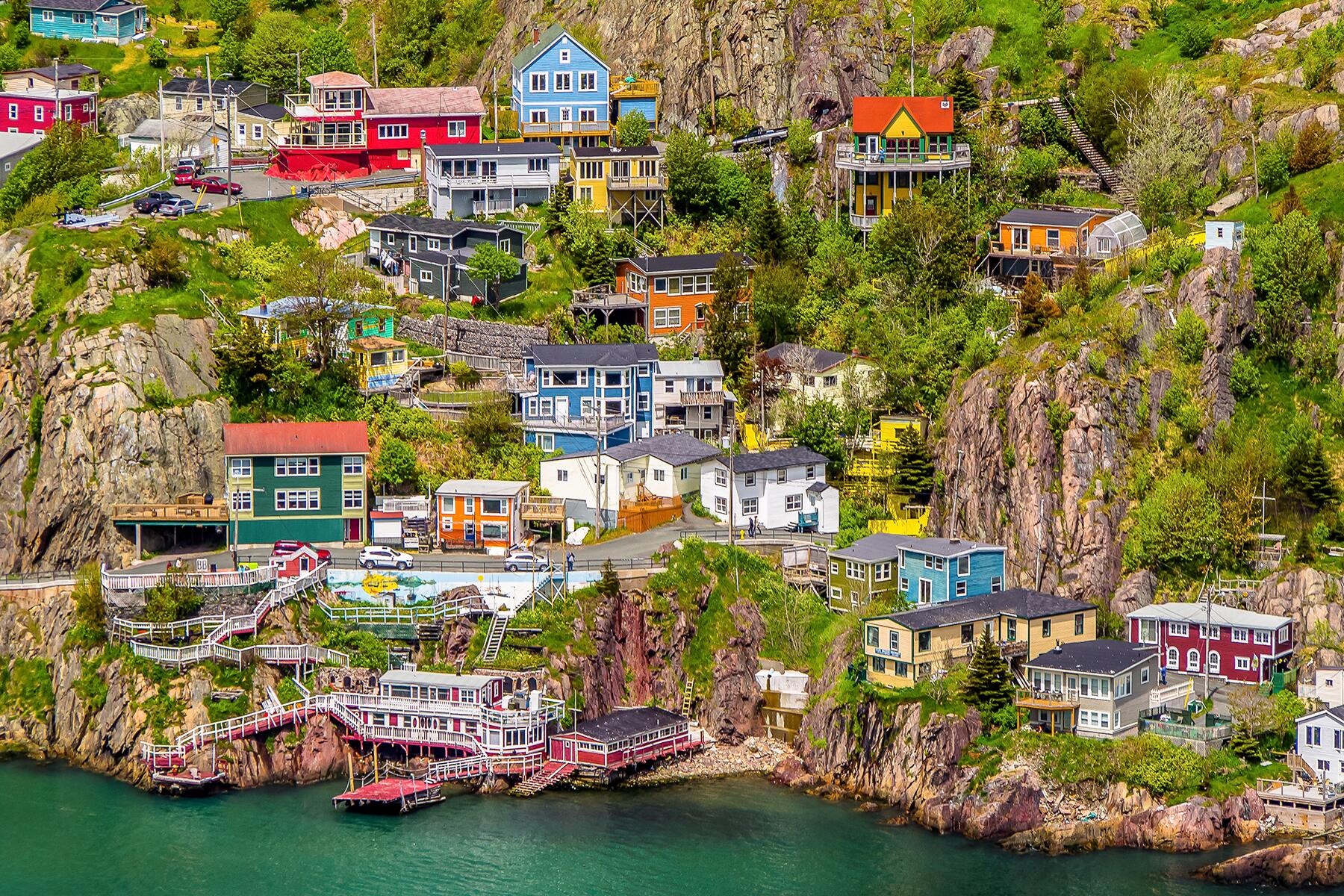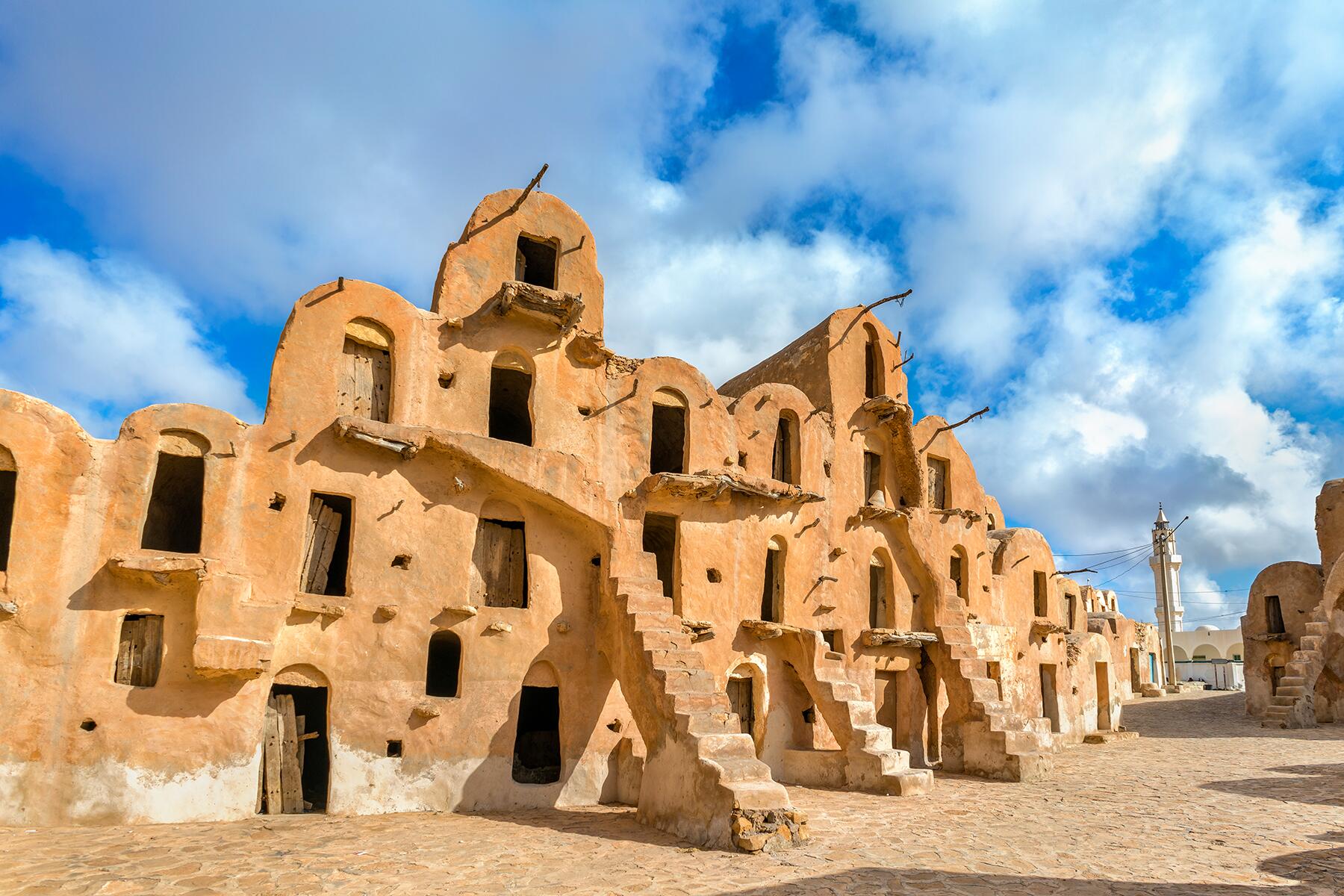
Africa & the Middle East
Africa & the Middle East
Top places to go in Africa & the Middle East in 2020
Expand Full List



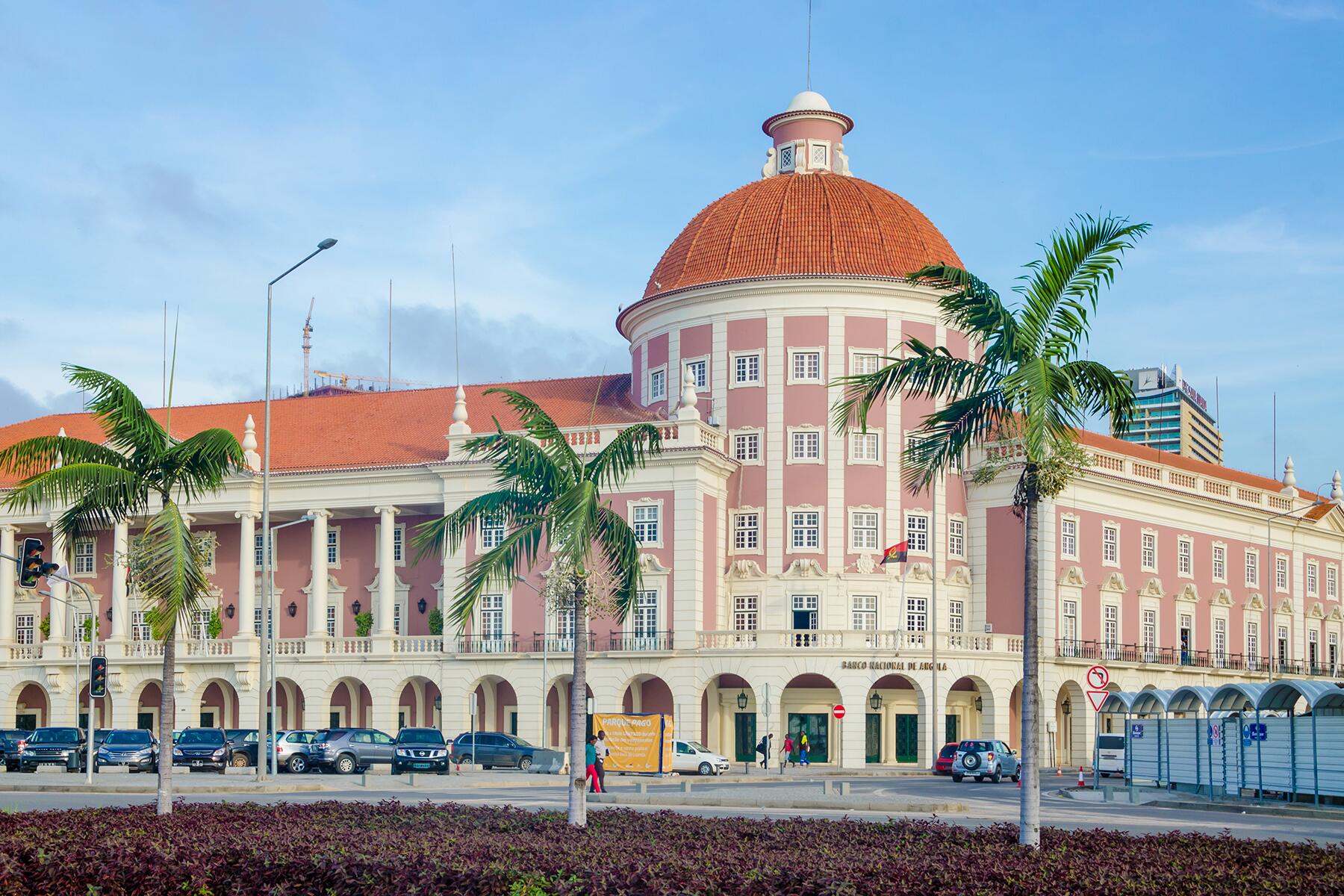
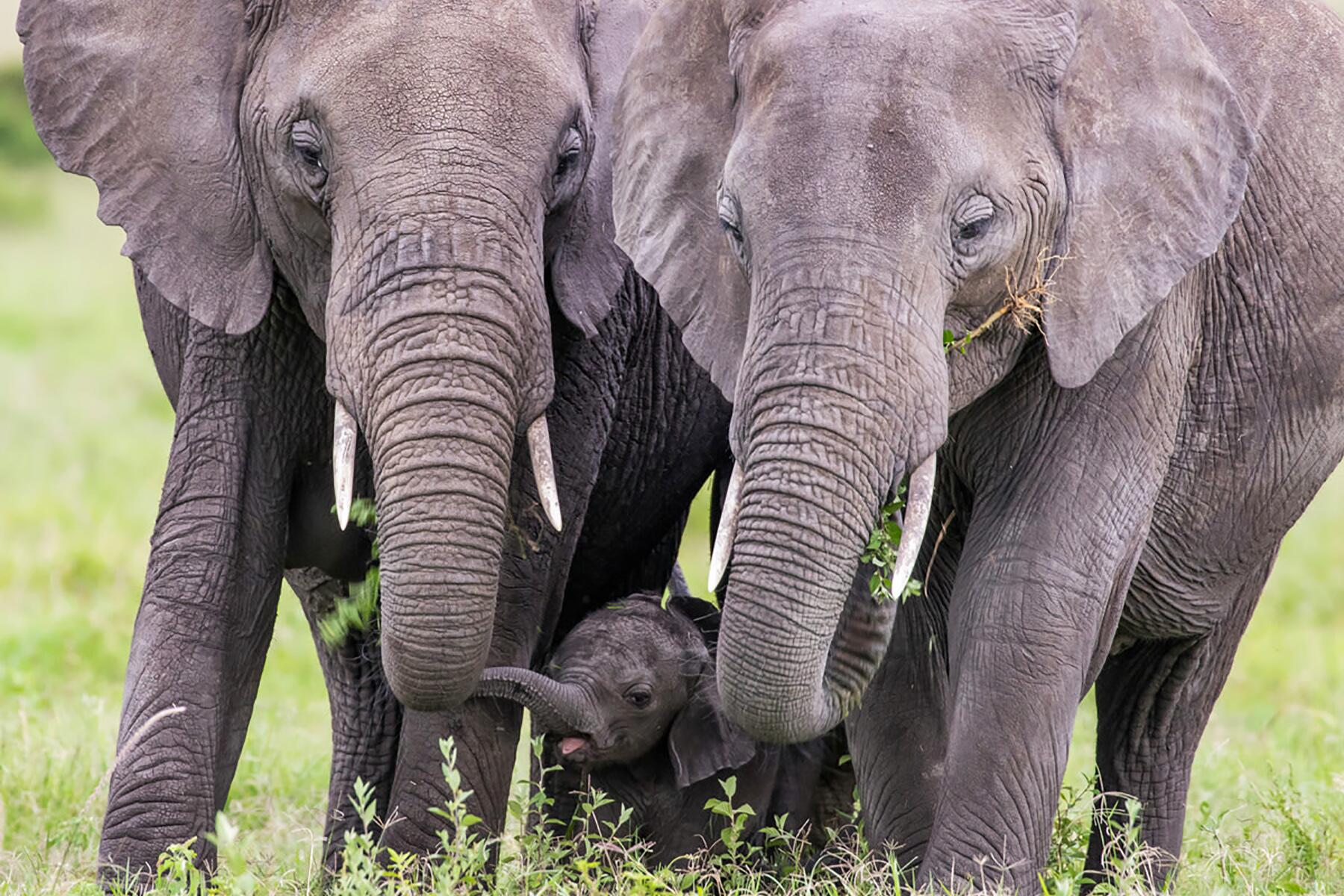
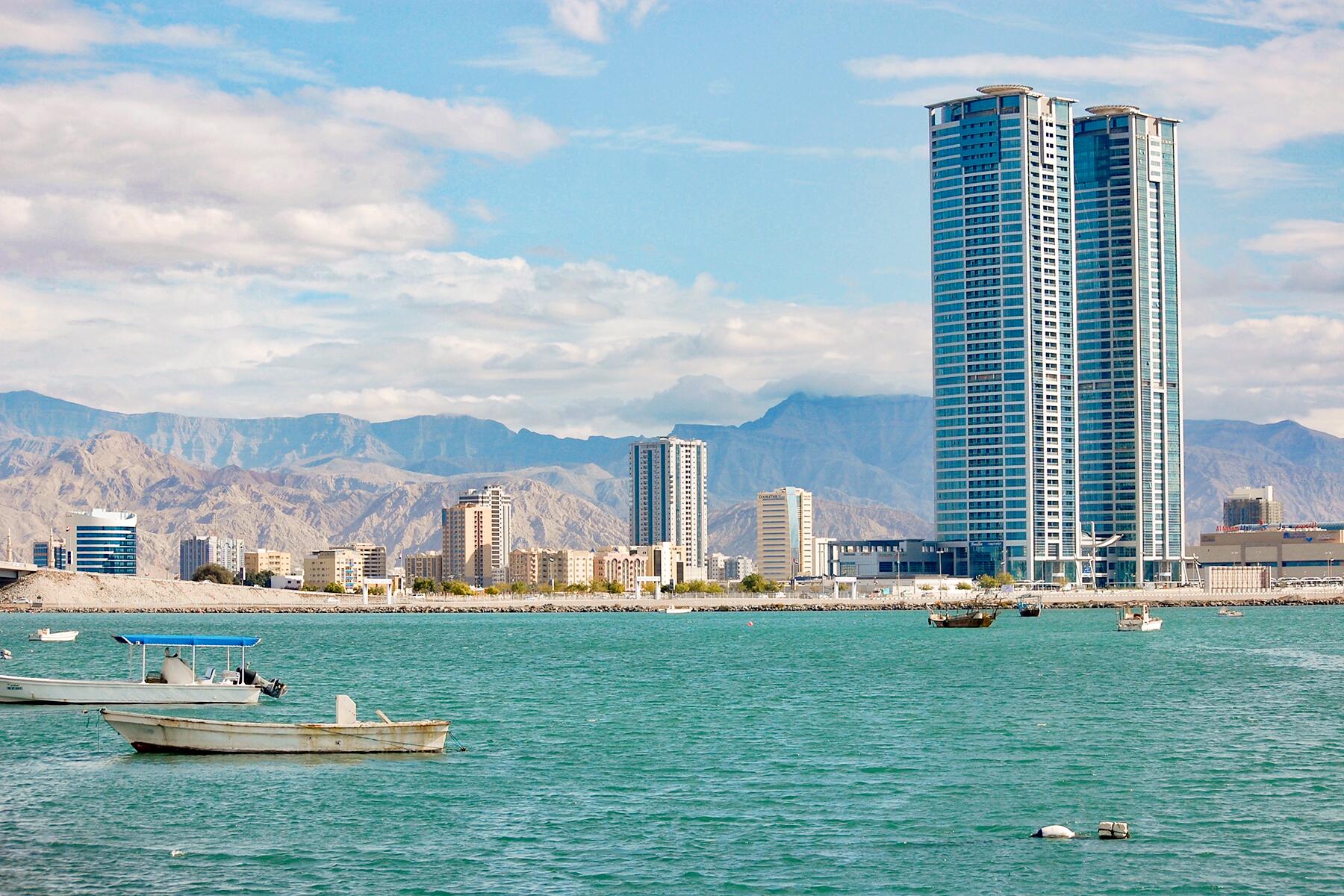
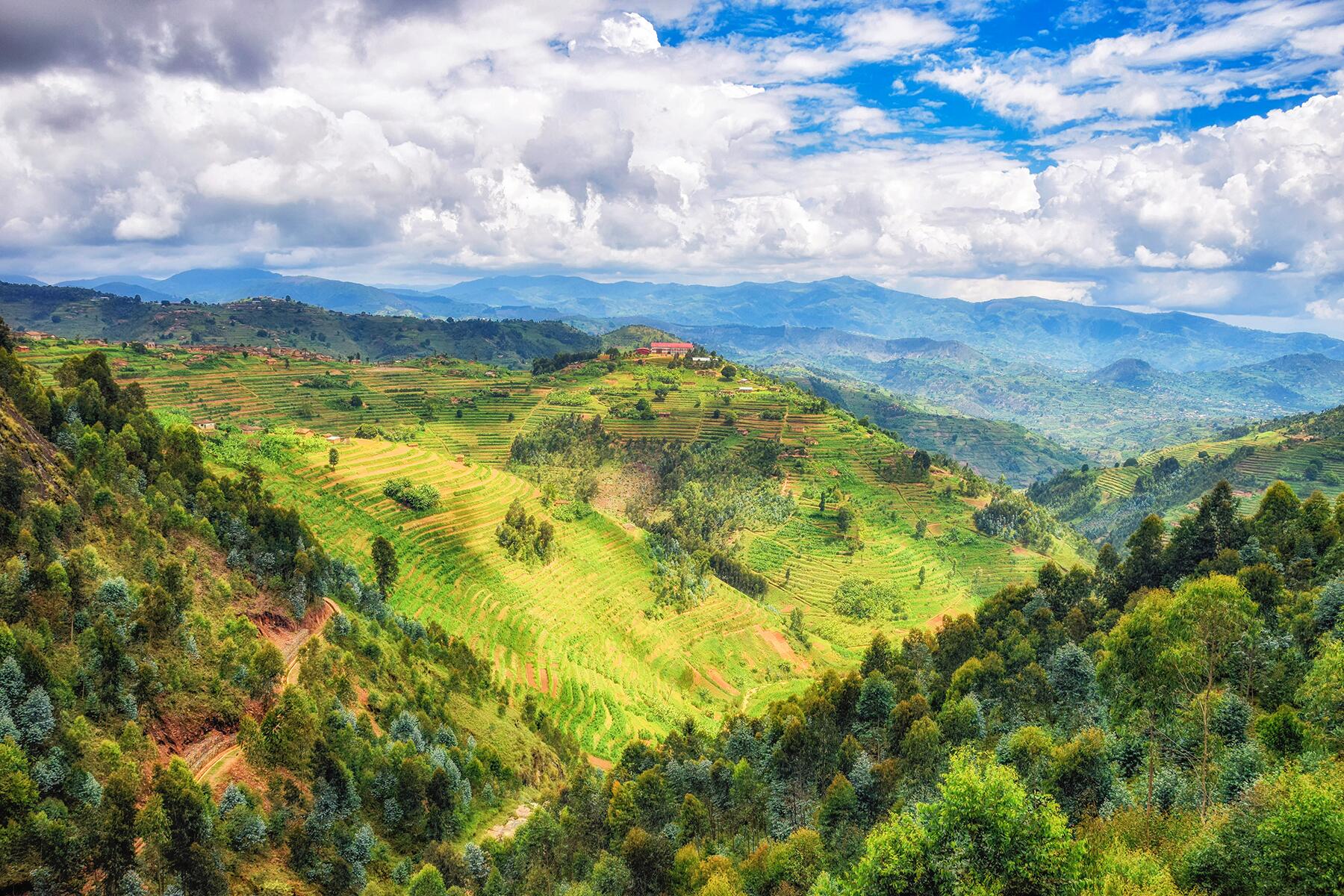
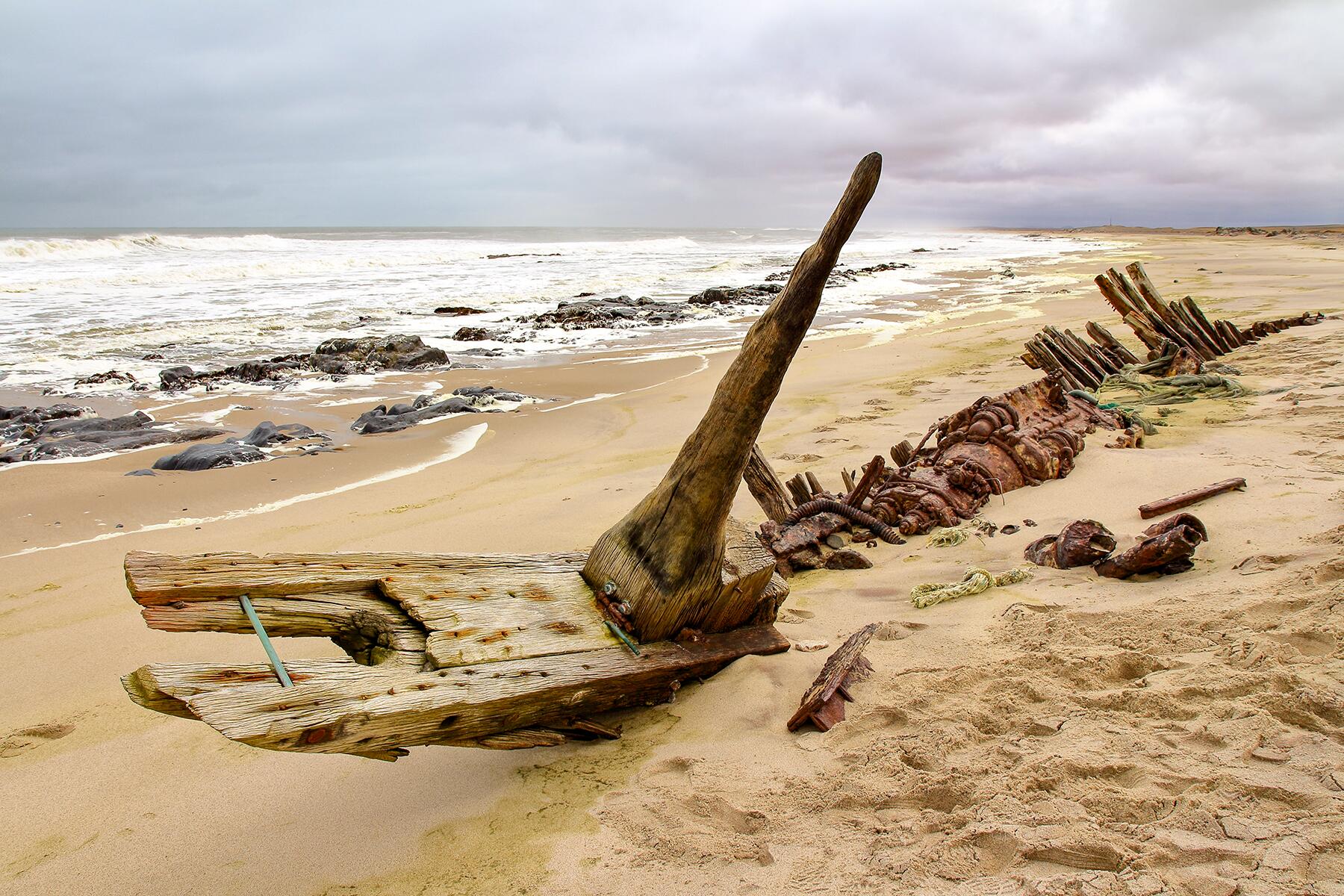
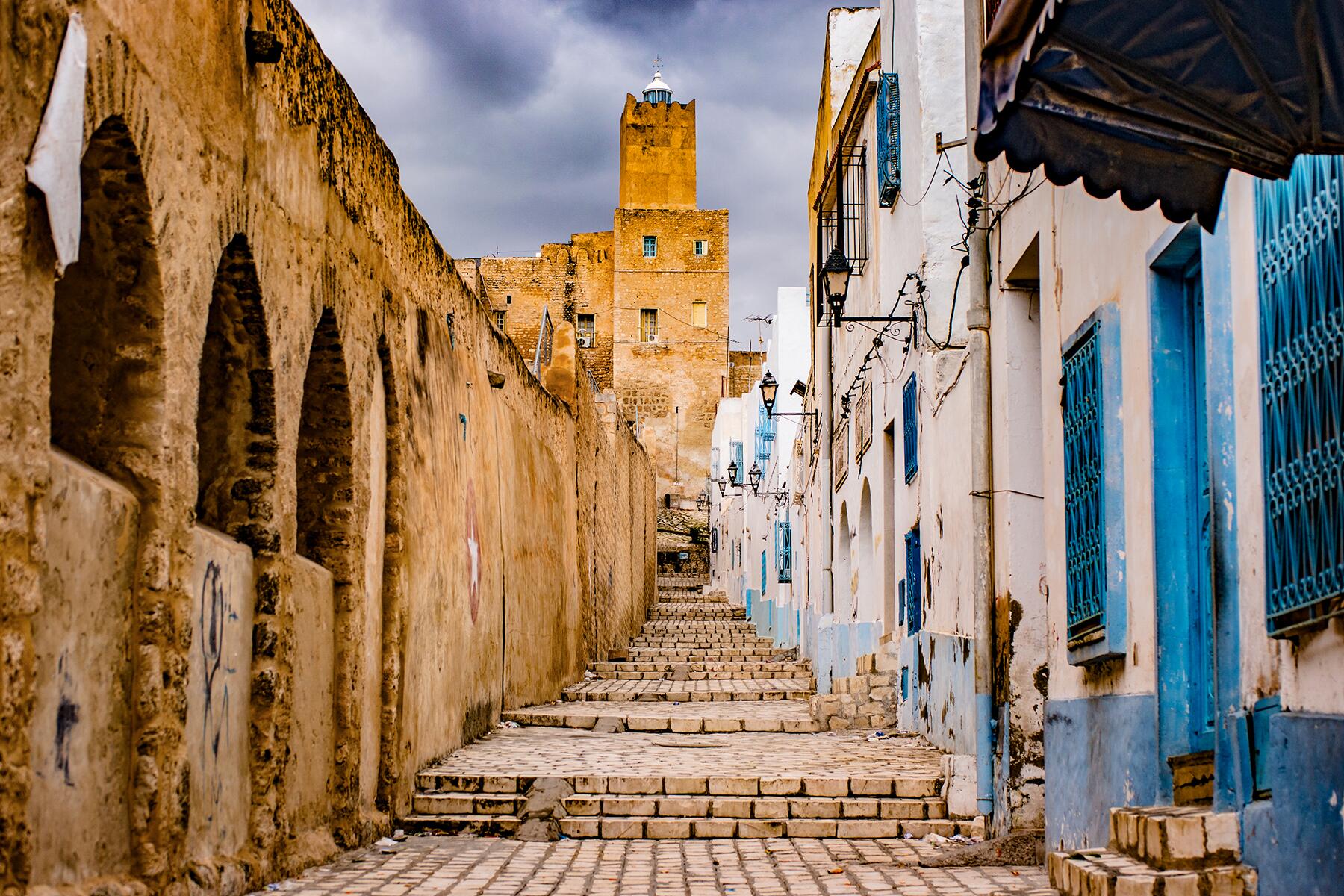
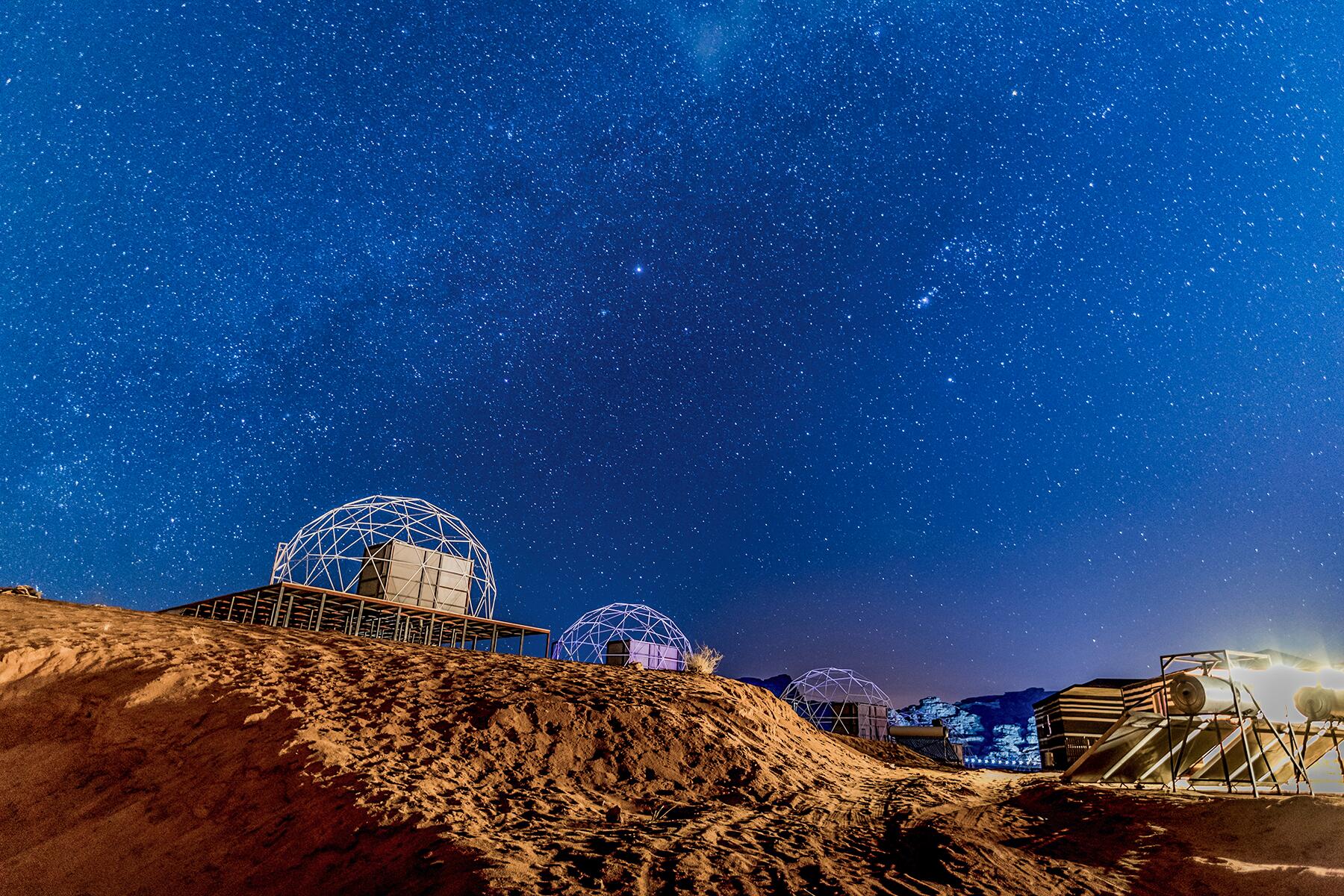
-
Accra, Ghana
![]()
-
Beirut, Lebanon
![]()
-
Ethiopia
![]()
-
Luanda, Angola
![]()
-
Masai Mara, Kenya
![]()
-
Ras Al Khaimah, United Arab Emirates
![]()
-
Rwanda
![]()
-
The Skeleton Coast, Namibia
![]()
-
Tunisia
![]()
-
Wadi Rum, Jordan
![]()



Accra
Ghana
Accra is at once chill and vibrant. It’s long been considered West Africa’s capital of cool (though Dakar and Lagos are certainly gunning for that title these days). Accra, through little urban planning or governmental development, balances African modernism and colonial vestiges, concrete and vegetation, cultural engagement and beachside revelry. It’s a leisure town, and quite refined, where Nigerian billionaires escape from Lagos to relax and play. From the luxurious Labadi Beach Club to the hip concept boutique-meets-design hub Elle Lokko, to sophisticated eateries like the newish Nobu-offshoot Santoku or sleek Urban Grill, Accra’s latest additions to the scene are worldly, sophisticated, and still super Ghanaian. 2019 was designated the Year of Return to mark the 400th anniversary of the first slave ship to reach America, so the Ghanaian government took the initiative to draw more African Americans to explore their roots as well as create new tourism protocols and standards, including opening the new Kotoka Airport, making Accra more accessible than ever.
So far, boutique hotels haven’t quite hit Accra in droves. That said, La Villa Boutique offers a stylish stay with unique rooms, a bar scene, and a requisite pool at an accessible price point in the heart of Osu, the gritty-but-cool old city. On the other hand, the Kempinski Gold Coast Accra is able to offer 5-star service to business and leisure travelers alike. With extraordinary breakfasts, sizeable standard rooms, outstanding air conditioning, and the nicest pool in Accra, the Kempinski is an oasis of comfort in this sometimes intense city.
Accra is hot. Really hot. In awesomeness, but also in temperatures. All year round. December is a bit cooler, and Christmas is when the Ghanaian diaspora all come back to visit their mamas and aunties, and the entire country comes out to celebrate.
Insider Tip
The people of Ghana are likely the kindest you’ll come across. Ghanaians are warm, trusting, and exuberant, and Accra is all of that. Accra is a city best explored through the counsel and company of its inhabitants—and boy, that likely won’t be hard. Put your chatty cap on and go forth and be friendly. If you’re sweet, you’ll likely end up at Accra’s hottest party: a funeral.



Beirut
Lebanon
*Editor’s Note: Due to the current U.S.-Iran conflict, travelers to Lebanon should be aware of safety concerns. We advise you to check with the foreign office of your own home country before traveling here.
A euphonious mixture of French, Arabic, and English sets the soundtrack for getting lost in Beirut’s maze of streets, where addresses are eschewed for directions like, “Make a right at the fruit stand next to the gas station and then it’s the third building on your left, above the travel agency.” But Beirut’s cultural centers are not hard to find: Sursock Museum, showcasing contemporary art in a 1912 Italianate-Ottoman villa; its grand neighbor Villa Audi (a banking family, not the car) whose free collection displays mosaics from around the world; and for history nerds, the National Museum of Beirut and the Archaeological Museum. In between museum-hopping, make time to snack (you’ll walk it off) on manakish—warm pizza-like dough painted with za’atar seasoning and jebneh (white cheese)—and falafel whose crisp crust gives way to a hot, fragrant interior of mashed broad bean and chickpeas with herbs. Independent galleries and concept stores abound in Beirut, so leave some time to visit a few and pick up souvenirs from Lebanese designers and artists. The sun shines 300 days a year in Lebanon, and watching it melt into the Mediterranean is a must in Beirut; go early to snag a good seat at a waterfront or rooftop bar.
Get a true Lebanese experience by opting for a small hotel that feels like—or even is—a home. Ensconce yourself in Old World elegance in Hotel Albergo’s 33 suites. The Relais & Chateaux property, in an ochre 1930s building in the Achrafieh neighborhood, is a stone’s throw from the National and Sursock Museums. If you want to stay with a Beiruti, L’Hote Libanais has rooms in four charming apartments in the fashionable neighborhoods of Achrafieh, Mar Mikhael, and Geitawi.
From June to September, the coastal cities (including Beirut) are hot, with highs above 90ºF—nice for the beach, but tough for sightseeing. The best time of year to go is autumn when the days are bright and pleasant, nights are comfortable, and the ocean is warm.
Insider Tip
Lebanon is small, so mountains and beaches are both an easy drive from Beirut. Head up the coast for sun and sea in Byblos (stay at the homey guesthouse Beit Faris wa Lucia) or Batroun (where you can spend the night at boutique hotel Villa Paradiso) or put on sneakers and breathe in pine-scented air as you hike Shouf Cedar Reserve in Qadisha Valley. If you’re more of a UNESCO-site buff than an outdoorsy type, stay at L’Annexe in Baalbek and visit its enormous Roman ruins.



Ethiopia
Ethiopia is a land of volcanic fire, ecological treasures, and human innovation in East Africa’s “Cradle of Humanity.” Some of the oldest human ancestors have been found here, their fossilized remains eroding from the neverending plain of the Danakil Depression, the hottest place on Earth. South of the bubbling hellscape of the Afar Triangle, Ethiopia is blanketed in highland plateaus teeming with abundant wildlife, including the Ethiopian wolf and the gelada baboon, two species found nowhere else on the planet. But it’s human hands that are responsible for Ethiopia’s most spectacular legacies, including Lalibela’s monolithic Orthodox Christian churches, each carved with only hand-tools out of volcanic rock in the 12th century; Gondar’s medieval palace complex; the soaring 2,000-year-old monuments of Axum; and the walled medina at Harar, all laid out against a complex culinary backdrop of rich Ethiopian stews and curries served with sour, spongy injera.
For an incredible out-of-the-ordinary experience, book the rustic Lalibela Hudad, a challenging hike (or donkey ride) up a steep plateau where baboons cliff-dive and local community members welcome guests with traditional Ethiopian hospitality. After a day at the royal palace in Gondar, indulge in some luxury of your own at the expansive Zobel Resort Hotel.
During Christmas (January 7 in Ethiopian Orthodox tradition), witness the annual pilgrimage of worshipers shrouded in white to the churches of Lalibela and the royal pool complex at Gondar.
Insider Tip
Get acquainted with the Ethiopian landscape on a day hike or, better yet, an overnight trek in Simien Mountains National Park, a UNESCO World Heritage Site where razor-sharp peaks and deep valleys shelter baboons and monkeys, leopards and jackals, bushbucks and klipspringers, and 400 species of birds.

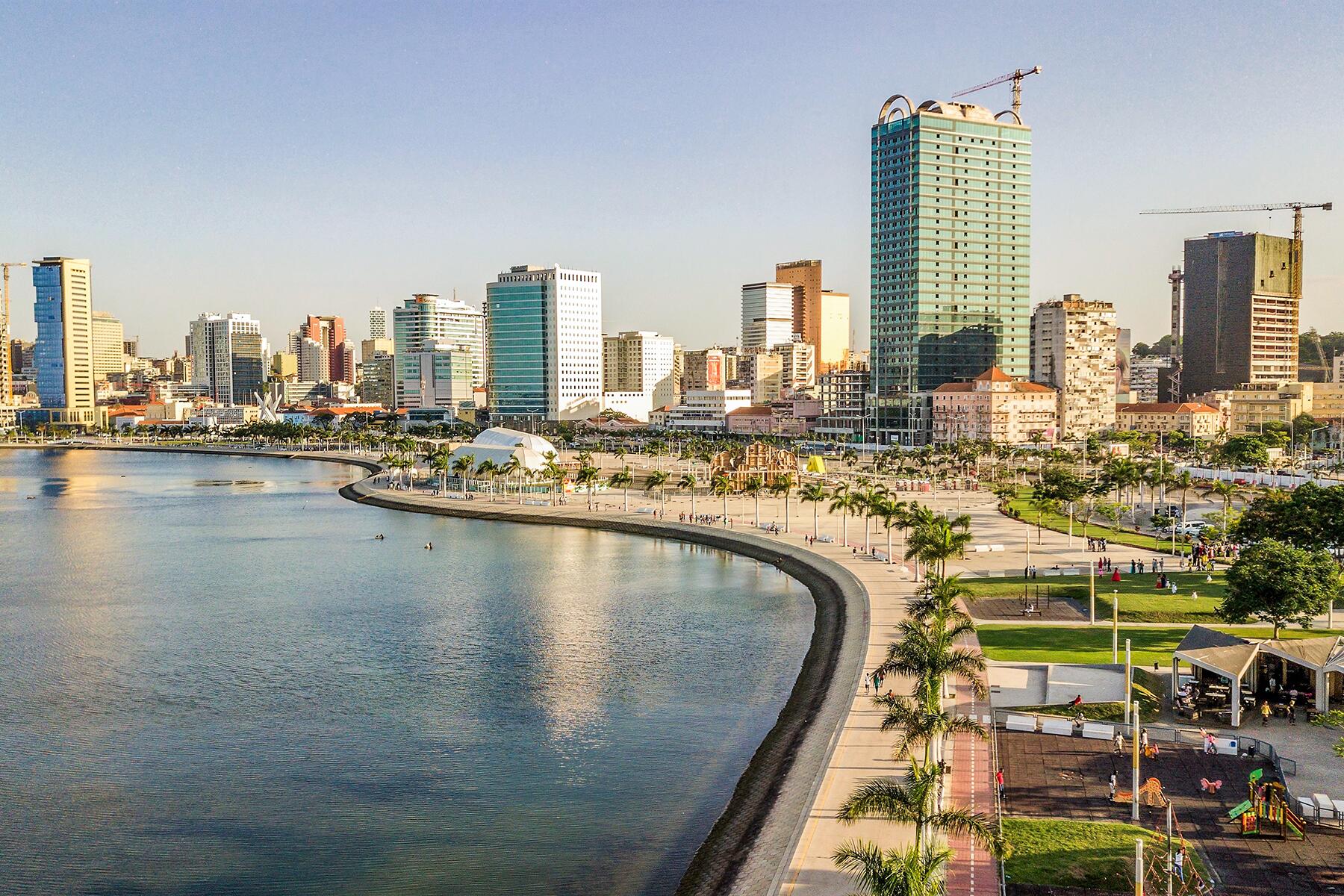
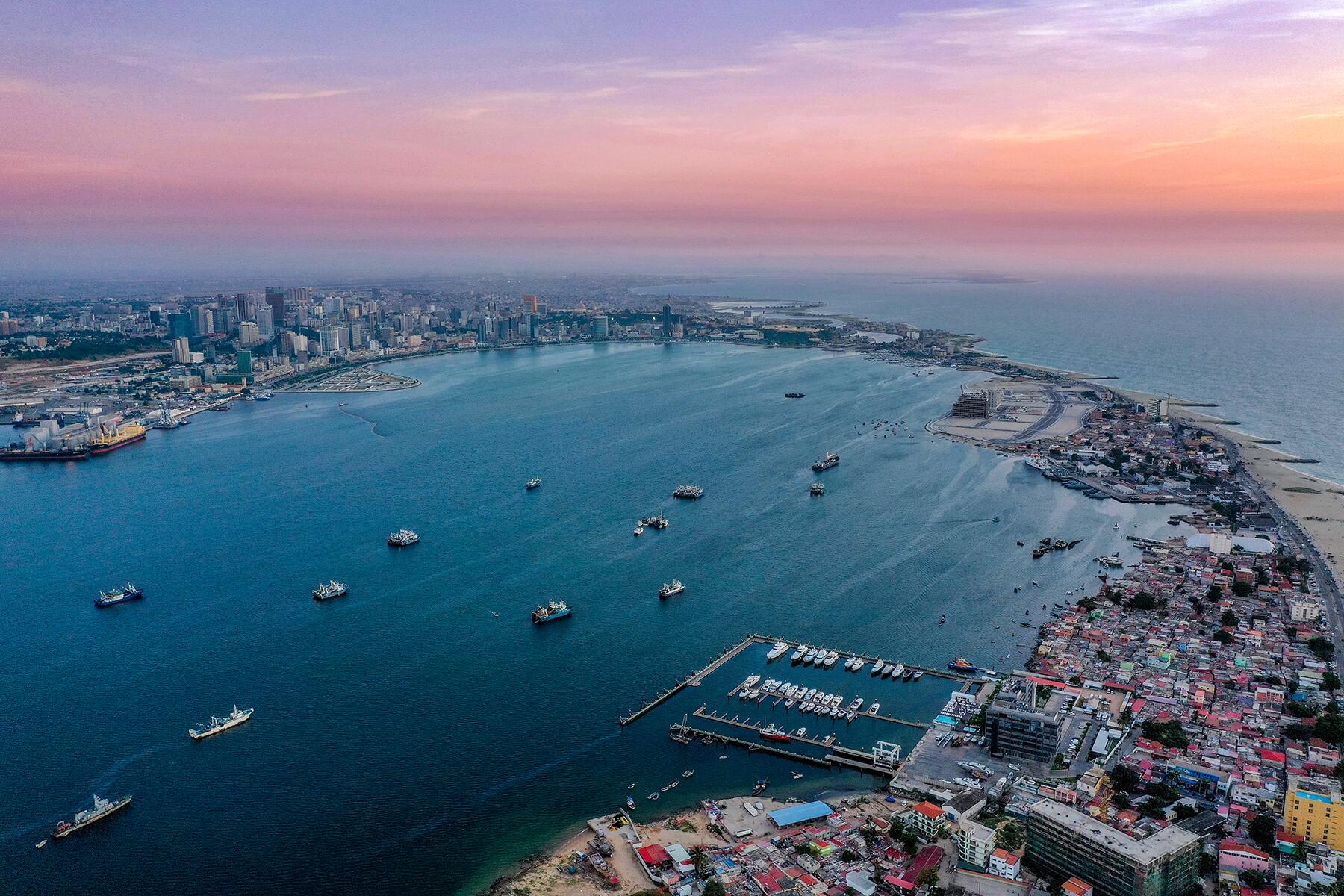
Luanda
Angola
Luanda is a jumble of wealth and poverty, glass towers and concrete slums, and natural bays of the Atlantic and a jutting peninsula, known as Ilha de Luanda aka Ilha do Cabo. It feels like a tropical sandbar island, yet it’s affixed to a rapidly developing city known for $300 dinners and Miami-style 5-star resorts and clubs. At times it feels like Brazil—not surprising as Luanda was the slave port for Portuguese sending Mbumdu captives to their New World colony—while at other times it feels like Dubai, especially in the neon-lit hotel bars where the scene is dominated by suit-wearing global businessmen striking it rich in oil or natural resources. But that’s not why to go. Go to connect with Angolans, sit beachside on the Ilha with the local sea catch, and drink gin (the new favorite spirit down here, even with a dedicated Gin Fest) at beloved Coconuts or newer Miami Beach. Luanda also has a robust contemporary art scene: Edson Chagas and Nastio Mosquito still have studios here and the Fondação Sindika Dokolo is a must-see to engage with African and Angolan contemporary art and identity.
Perhaps the latest, newest cool-kid addition to Luanda is Thomson ArtHouse, located in the heart of the Ilha with 16 well-appointed rooms and attentive high-level service that feels quite different than the city’s more frequented offerings: the big 5-stars. Epic Sana still seems to be the favored of the lot with a swank bar scene, spa, gym, and pool that overlooks the Baixa with its Portuguese colonial remnants and views of the Ilha.
Luanda remains perfectly pleasant in many parts of the year thanks to the Benguela Current, but May through August is the dry season, which is ideal. When it rains, many of the city’s streets (dirt roads) are inaccessible, grinding the city to a halt.
Insider Tip
Luanda is achingly expensive (it’s been called the most expensive city in the world for expats), so get in with locals for off-the-foreigner-path eats and drinks. Important: Angolans hate being photographed, and they will ask you to delete any photos they catch you taking, whether on an iPhone or otherwise. Best to leave the new DSLR at home (as well as any obvious displays of wealth, like jewelry, especially diamonds. Read up on Angola and the diamond trade before you visit.)

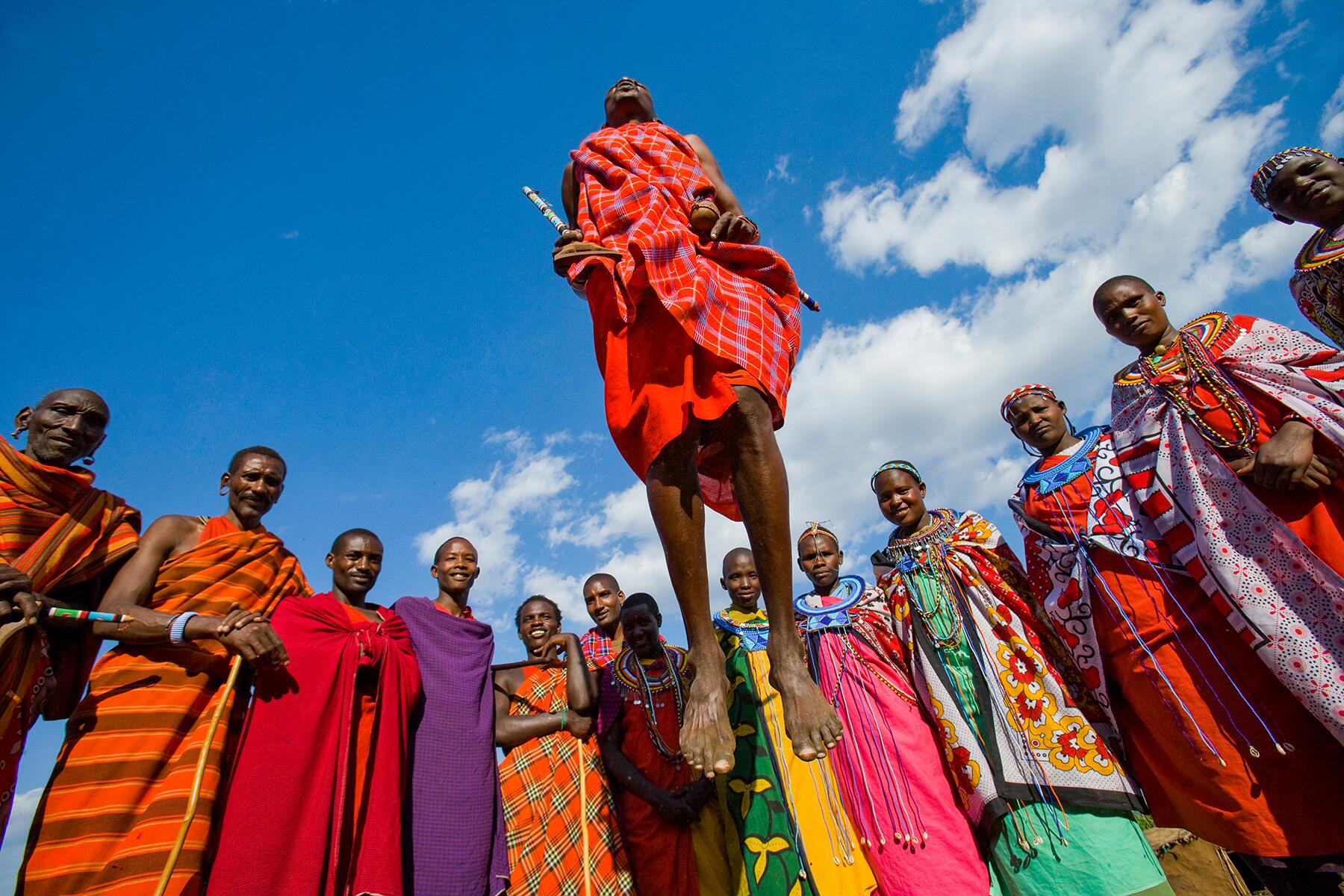

Masai Mara
Kenya
Like The Lion King come to life, the Massai Mara is a wildlife wonderland of epic proportions. Rocky hills rise up from the lush green plains while an alligator- and hippo-infested river swirls through the landscape—prime time for wildlife viewing during the famous Great Migration, when over a million wildebeest, zebra, and antelope move into the Masai Mara and the Serengeti next door in search of food and breeding ground. All year long, however, the Mara is home to the Big 5 (lions, leopards, buffalo, elephants, and rhino) along with a menagerie of other fascinating animals—the ostrich (so huge!), the warthog (so adorable!), the hyena (so menacing!), and the cheetah (so elegant!) are just a few of the most surprising and exciting ones you’ll see. But it’s so much more than a wildlife destination. The best part of the Masai Mara is undoubtedly the people who call this place home: devout conservationists, passionate guides, and local Masai tribes with a rich culture and deep knowledge of the land and its varied inhabitants. Dazzles of zebra and towers of giraffes are what lure you to the Mara, but the people are what will make you fall in love with this slice of heaven. The best part? New direct flights from JFK to Nairobi on Kenya Airways cut travel time and expenses significantly, while Air Kenya can transport you directly from Nairobi to your safari lodge in under an hour.
Choosing the right place to stay can make or break your safari experience, and if you’re coming all this way, you might as well do it right and stay at Angama Mara, one of the most thoughtfully-designed safari lodges in the world. The nightly rate will clear out your savings account, but it’s all worth it for luxurious tented suites, gorgeous picnics, and some of the best guides in Africa. For adventure travelers, Extraordinary Journeys can plan a “fly camping” trip where local guides set up simple camping tents in the heart of the bush in a new location each day, surrounding you with the incredible flora and fauna of the Mara. If you’re looking for something much more affordable yet equally wanderlust-worthy, Intrepid’s women-only trips to Kenya connect visitors with inspiring local women all over the country, including a stop in the Mara.
The Mara is a year-round destination with mild temperatures. Climate change has made both the rainy season and the great migration unpredictable, but you’ll find lower prices at luxe lodges in the spring and fall.
Insider Tip
One of the most unforgettable parts of a trip to the Masai Mara is a sunrise hot air balloon ride. Floating above the land gives you a unique perspective on creatures both big and small. Book with Governor’s Camp to enjoy this once-in-a-lifetime experience and their famous champagne breakfast.



Ras Al Khaimah
United Arab Emirates
Just beyond the shadow of Dubai’s larger-than-life skyscrapers, the lesser-known emirate of Ras Al Khaimah has gone the opposite direction and made a return to the country’s natural roots. This sweep of sand is flanked by the craggy Hajar Mountains and lapped by 37 miles of calm coastline, making the UAE’s northernmost emirate a beloved staycation spot for in-the-know residents as well as an adventure playground for a few clued-in daredevils. It wouldn’t be the UAE without a few superlatives: Ras Al Khaimah is home to the world’s longest zipline, located on Jebel Jais, the country’s highest mountain. Thrill-seekers fly at 75 mph over rugged valleys–or if once isn’t enough, you can sign up for the newly opened Jebel Jais Zipline Tour, a series of seven ziplines that culminates at a 50-foot-long sky bridge that dangles from the side of the mountain 4,100 feet above sea level. Slightly closer to earth is the Middle East’s first via ferrata route, located at the base of Jebel Jais. Expect bungee jumping, a suspended-in-mid-air obstacle course, a Bear Grylls survivalist camp, and mountain biking and hiking trails to be launched here in the next 12 months. With Dubai preparing for the limelight of Expo 2020, Ras Al Khaimah will certainly see a huge influx of international adventurers who are ready to swap business for pleasure.
Want the beach, the mountains, or the desert? Fortunately in RAK, you don’t have to pick just one. Sprawling seaside resorts, such as the palatial Waldorf Astoria or pyramid-shaped Rixos Bab Al Bahr, promise to cater to your every whim. Out in the secluded desert sands is The Ritz Carlton Al Wadi Desert, named one of Fodor’s top five hotels in the Middle East for 2020. The vibe here is more Bedouin than bedazzled, and on-site activities include camel caravans, Arabian horse riding, or simply watching gazelles and oryx roam past your private pool. The emirate is expecting even more big hitters to open in 2020, including resorts from Marriott and Anantara, plus the first luxury mountain camp atop Jebel Jais.
The sun shines year-round on Ras Al Khaimah, but the best months to visit are between November and February when temperatures are moderate.
Insider Tip
Ras Al Khaimah shares a border with Oman’s Musandam Peninsula, often dubbed the “Norway of Arabia” thanks to its jagged fjord-like coastline. Keep the adventures going with a cruise on a wooden dhow, a traditional cargo boat that includes time for snorkeling and dolphin-spotting.



Rwanda
Looking into the eyes of a mountain gorilla in the lush labyrinth of Volcanoes National Park is a humbling, transformative experience—but it’s not Rwanda’s only draw. The small Central African nation has emerged as a sustainability leader, remarkably only 25 years post-genocide. Rwanda was one of the first countries to ban plastic bags as well as actively work to conserve the critically endangered black rhino, which can be spotted on a game drive through Akagera National Park. Almost devoid of animals 10 years ago, African Parks worked with the Rwanda Development Board to replenish the wildlife population in the park, and it’s now home to the Big 5. The adventure-minded can immerse themselves in the park’s flora and fauna at Wilderness Safaris’ new Magashi camp. Jewel-toned birds such as the great blue turaco and chimpanzees escort you on a canopy walk through Nyungwe National Park, and next year will see the opening of Gishwati National Park, where hikers share trails with golden monkeys and other primates. Often overlooked as a quick stop on the way to the national parks, the capital city, Kigali, is emerging as a destination unto itself. Art hubs like Inema Arts Center cultivate local talent, while fashion houses like House of Tayo, boutique hotels such as The Retreat, and chic restaurants like Poivre Noir make the city a place to linger.
Perched on the edge of Volcanoes National Park, Singita Kwitonda Lodge’s eight spacious suites offer a luxurious respite after a day of bushwhacking up the mountains to see the gorillas. Terracotta brickwork crafted by local artisans, private heated plunge pools, and twin indoor-outdoor fireplaces are an antidote to the area’s chilly evenings. Opening soon at the foothills of the Virunga massif is One & Only Gorilla’s Nest, a wellness-focused, design-forward sanctuary immersed in nature. Classic Lodge in Musanze offers slightly more humble accommodation but with the same sultry sunset mountain views.
Rwanda is best experienced at the end of the dry season from July through September, which sees cooler temperatures perfect for trekking.
Insider Tip
Only eight people are allowed to visit a gorilla family in a day, and space at most lodges is limited, so book your gorilla trekking permit and accommodation six months to a year in advance through a local company like World Fusion Tours. To get a deeper look at Rwanda’s gorilla conservation story, plan your trip around Kwita Izina, the annual baby gorilla naming ceremony held in early September.


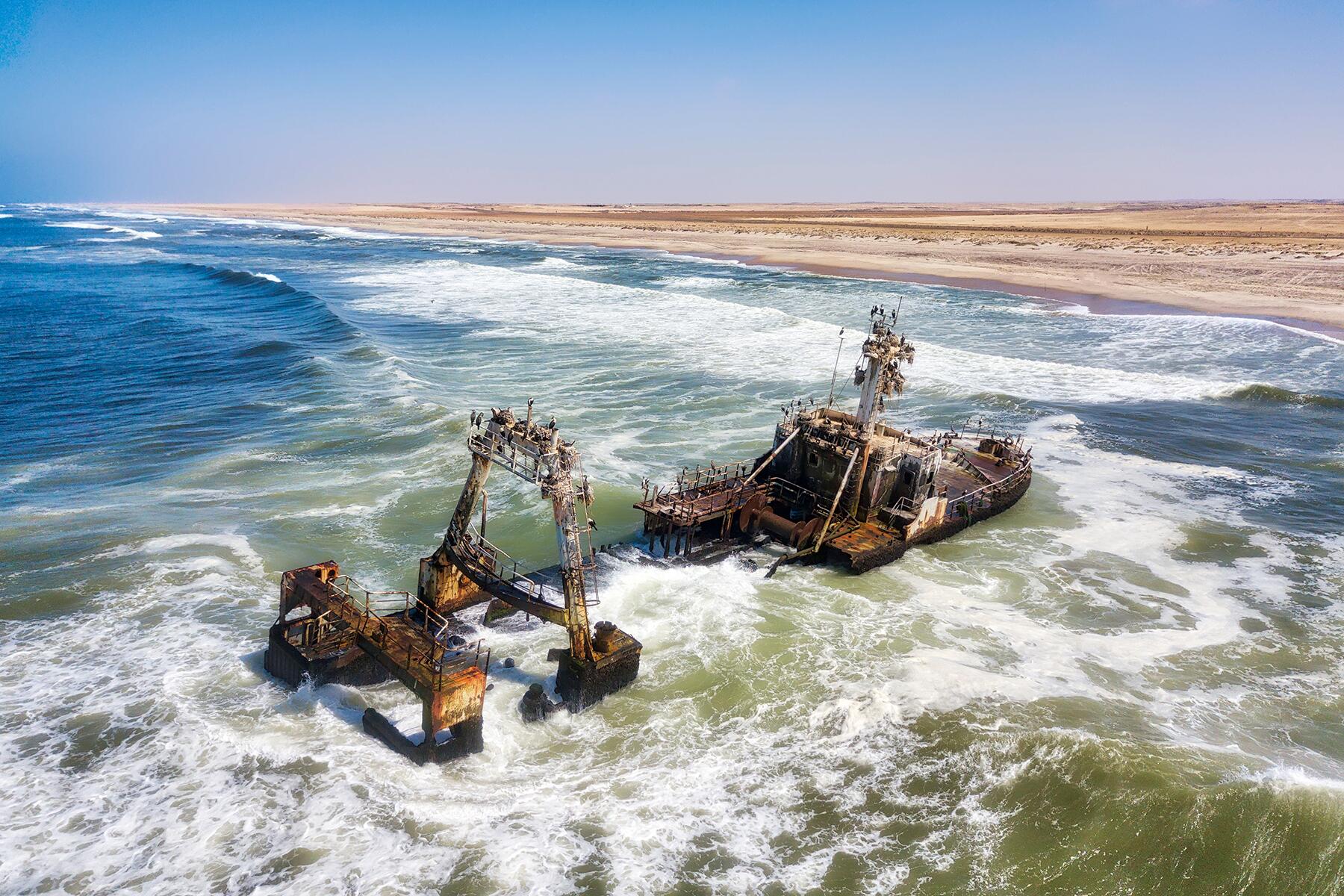
The Skeleton Coast
Namibia
Along the brooding misty coastline that runs down Namibia’s northern coast lies the Skeleton Coast, one of Africa’s most captivating landscapes. The haunting shore, which has seen its fair share of shipwrecks, is home to the Skeleton Coast National Park, a beautiful desert area that recently saw the opening of its first permanent hotel, Shipwreck Lodge, one of Fodor’s Best Hotels in Africa 2020. The new lodge is reason alone to go, but it isn’t all the area is good for. The vast sandy landscape, which displays towering dunes and limestone gorges, is roamed by animals like desert-adapted elephants, hyenas, and zebras, making this one of Africa’s most unique safari destinations.
Set on a low dune overlooking the windswept landscape, Shipwreck Lodge is the only hotel inside the national park. The hotel’s eight wooden cabins were designed to fit into the ghostly landscape. From the outside, they look like marooned boats, but on the inside, they’re extremely cozy, filled with snug cushions and wood-burning fireplaces. On the outskirts of the national park, visitors can also stay at Cape Cross Lodge, an unfussy ocean-facing lodge that offers a comfortable stay.
The landscape is accessible year-round, but the Skeleton Coast is best visited during the warmer summer months between March and October.
Insider Tip
A five- or six-hour drive north of the national park is the Hoanib Valley, another remote desert landscape. Here, visitors can check into the tented Hoanib Valley Camp and go in search of giraffes and elephants.

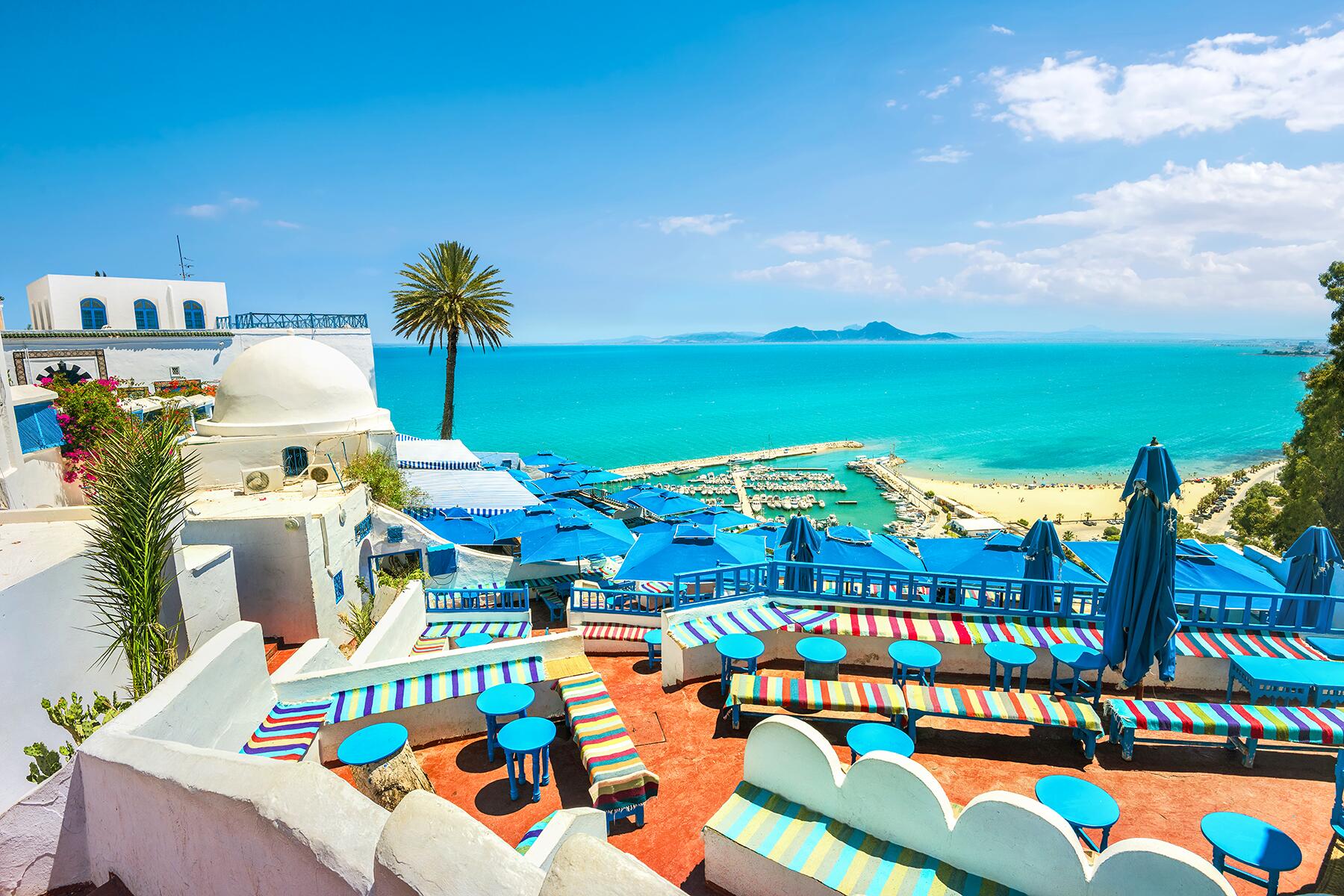

Tunisia
Tunisia, one of the more liberal countries in the Arab world, is also one of the world’s most overlooked and underrated travel destinations. With a broad expanse of the Mediterranean bordering the north and a vast swath of the Sahara to the south, the former French colony is about the same size as New York State–compact enough for travelers to take in the country’s stunningly diverse terrain, even on a short holiday. Explore the medina in the capital of cosmopolitan Tunis, the remains of ancient Carthage, and the posh resorts on the Mediterranean before heading south to hoist yourself onto a camel and out into the desert where you can camp overnight as the Bedouins have done for generations. Tunisia was home to the so-called Jasmine Revolution that sparked the Arab Spring and is considered the only fully democratic sovereign state in the Arab world. In 2015, terrorist attacks scared off tourists, but they are beginning to return now that the U.S. government and other countries have downgraded their travel warnings.
The old quarter of Tunis was declared a World Heritage Site for its palaces, souks, mosques, mausoleums, and madrasas. The Dar El Jeld Hotel & Spa, in the heart of the medina, is a lovely place to lay your head (and treat yourself to a hammam, the ancestral bathing ritual). Dar Ben-Gacem, a seven-room guesthouse built in a 17th-century house, reinvests profits into restoring old homes in the medina and offers unique experiences like spending the day with a local calligraphy teacher.
Tunisia’s ideal weather is between April and June, which is springlike, and between September and October when summer simmers down.
Insider Tip
Star Wars fan? Book a night at the Hotel Sidi Driss, built in the original film set of Luke Skywalker’s childhood home. George Lucas was blown away by the otherworldliness of the area of Tunisia called Tataouine and dubbed his fictional desert planet “Tatooine” in the films.


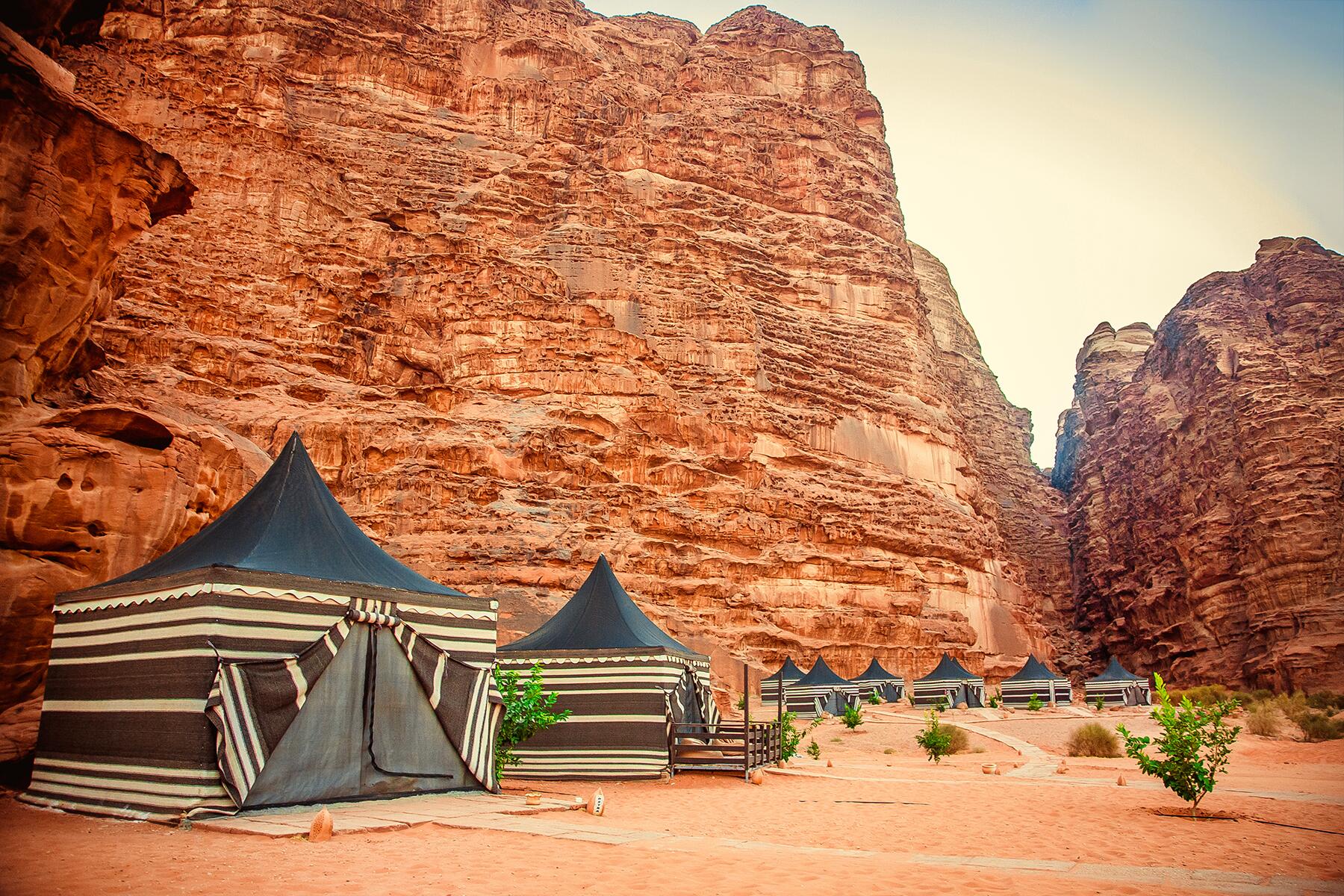
Wadi Rum
Jordan
Wadi Rum is out of this world. In this sliver of the Jordanian desert, red sandstone formations rise out of a sea of orange sand, and camels wander between Bedouin camps and Martian domes. The desert here is a landscape like no other, with 280 square miles of towering sandstone cliffs, pillars, and arches. There’s very little vegetation aside from a few scrubby bushes, and the contrast of the deep orange rocks set against a turquoise sky makes this one of the most photogenic destinations on earth–every square inch is filled with jaw-dropping scenery. Besides stunning natural wonders, Wadi Rum has a lot to offer. Intrepid adventurers can hike to the top of Jabal Umm ad-Dami, the highest peak in Jordan, while history lovers can visit the old Hejaz Railroad or ride a camel to spot petroglyphs. The desert is also one of the best places to immerse yourself in Bedouin culture through food and music. Try to schedule your trip to include zarb, a traditional Bedouin barbecue with food (usually lamb, rice, and potatoes) cooked in an underground oven. Bedouins love a dance party–anytime, anywhere–so music lovers will especially love a trip to Wadi Rum to hear traditional Jordanian music performed after dinner or new Arabic pop songs blasted from the radio of a pickup truck. Sleeping under the stars in Wadi Rum is an experience you’ll never forget.
Many cruise ships or guided tours stop at Wadi Rum for a day, but you won’t get to experience the magic of the desert without spending the night there. A visit to Wadi Rum can feel like a trip back in time or a visit to the future, depending on where you stay. The more traditional Bedouin camps, comprised of bare-bones goat-hair tents, are the best budget-friendly option, with places like Captain’s Camp offering private tents, shared bathrooms, and buffet meals for under $100 per night. On the opposite end of the spectrum, Sun City is home to luxurious geodesic dome tents with private bathrooms and a wall of windows open to the desert. For a truly magical once-in-a-lifetime experience that mixes traditional Bedouin-style with luxury glamping, book a trip with Bespoke Hideaways for a private custom campsite.
Wadi Rum is loveliest in the early spring and late fall. Try to avoid summer, when the sweltering heat will put a damper on your fun.
Insider Tip
Jordan can sometimes be an uncomfortable place for women, especially those who are traveling alone. Most hotels are staffed entirely by men, and it’s not uncommon to be leered at or proposed marriage by a tour guide or hotel employee. It doesn’t mean you shouldn’t travel to Wadi Rum, it just means that you should adjust your expectations and consider joining a group tour or hiring a private tour guide if you’re traveling on your own. Experience Jordan’s adventure-focused trips offer a range of itineraries throughout the country, many of which include Wadi Rum. Female-led tours by Escaping New York and Nomad and Jules both take groups into the desert for multi-night adventures with a focus on local culture.

